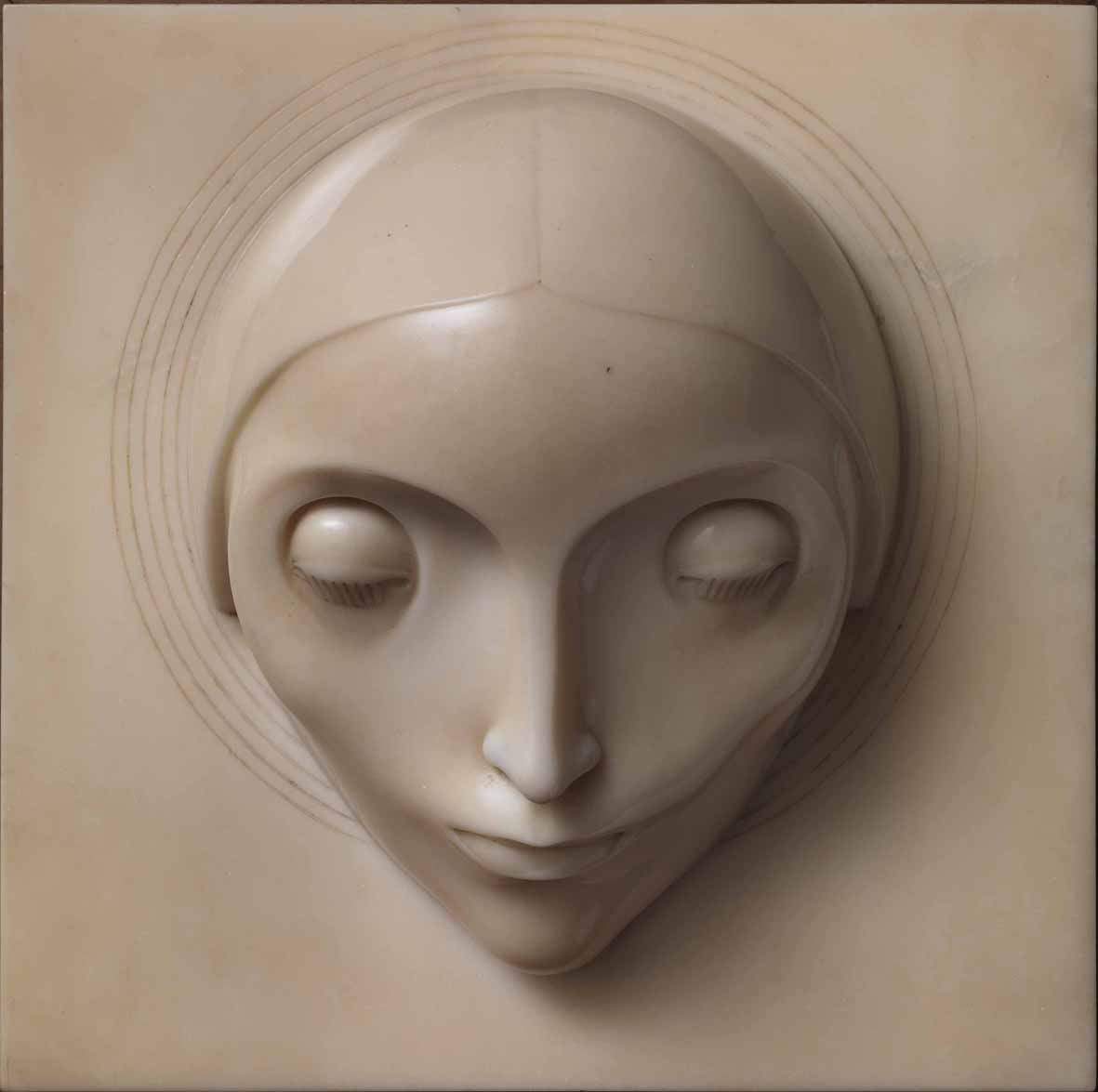The Merlini Collection, one of the most important private Italian collections on 20th-century art in our country, is on display from March 23 to July 23, 2018 in Venice, at Palazzo Fortuny: this is the first time the collection has been exhibited in a truly representative way, since until now only some individual parts had been shown to the public (at Palazzo Loredan in Venice, the Marino Marini Museum in Florence, the Morandi Museum in Bologna and other contexts). The exhibition, entitled An Italian Collection. Works from the Merlini Collection and curated by Daniela Ferretti and Francesco Poli, while not being able to present the collection in its entirety, offers a relevant representation of it, with an itinerary designed by following the periods most present in the collection: Metaphysics and the Italian Novecento; Social and Existential Realism; Geometric Abstractionism and the MAC; The Collector’s Room (Wildt, Fontana, Melotti); The Informal Trends (Group of Eight, Spatialism, Nuclear Movement, Last Naturalists); Homage to Morlotti; The Azimuth Group and the Structured Canvases; and Analytical Painting.
“Central core of the Collection, and of the exhibition,” emphasizes Mariella Gnani, curator of the collection, "is precisely The Collector’s Room. One of the rooms of the Merlini home, the one that most reflects the passions of the Collector, including the furnishings, is re-proposed at the Fortuny. Who wanted to bring together, in this room, a spectacular sequence of works by Fontana, alongside Wildt’s “Mother,” a work the sculptor kept for himself, and two absolute masterpieces by Melotti, including Teorema.“ Giuseppe Merlini, a professional born in 1932 and originally from Busto Arsizio, began acquiring works in the 1960s and 1970s, developing, as curator Francesco Poli explains, ”his interest on the one hand in the great now-historicized protagonists of the 20th century, and on the other in postwar trends, with constant attention also to the most current developments. In this way, his project has been defined over time as a successful attempt to outline a path (well thought out and culturally grounded) such that it documents with significant examples almost all the salient aspects of Italian art. But it is important to emphasize the fact that this is not a set with coldly documentary characteristics, but rather quality choices that reflect an individual taste and special interest in certain artists, as well as the exclusion of others. Merlini, for example, took little interest in the artists of Pop Art, and not at all in the experimental research of the 1960s/70s of the Poverist and Conceptual areas. Remaining faithful to his passion for painting, however, he focused his attention on a good number of exponents of the so-called Pittura Analitica, which emerged in the 1970s, including in particular Olivieri and Vago."
Merlini’s collecting, neither mundane nor speculative as has often been the case in recent years, nor even aimed at the international art scene, has always maintained a firm desire to help form paths that, despite being part of a private patrimony, nonetheless aim to increase the circulation and knowledge of art on a more socially broadened level. Merlini’s vision of art is therefore cultural and not economic: proper to a true collector.
For more information you can visit the Palazzo Fortuny website.
Pictured: Adolfo Wildt, The Conception (1921).
 |
| From Wildt to Azimuth, masterpieces from the Merlini Collection on display in Venice |
Warning: the translation into English of the original Italian article was created using automatic tools. We undertake to review all articles, but we do not guarantee the total absence of inaccuracies in the translation due to the program. You can find the original by clicking on the ITA button. If you find any mistake,please contact us.